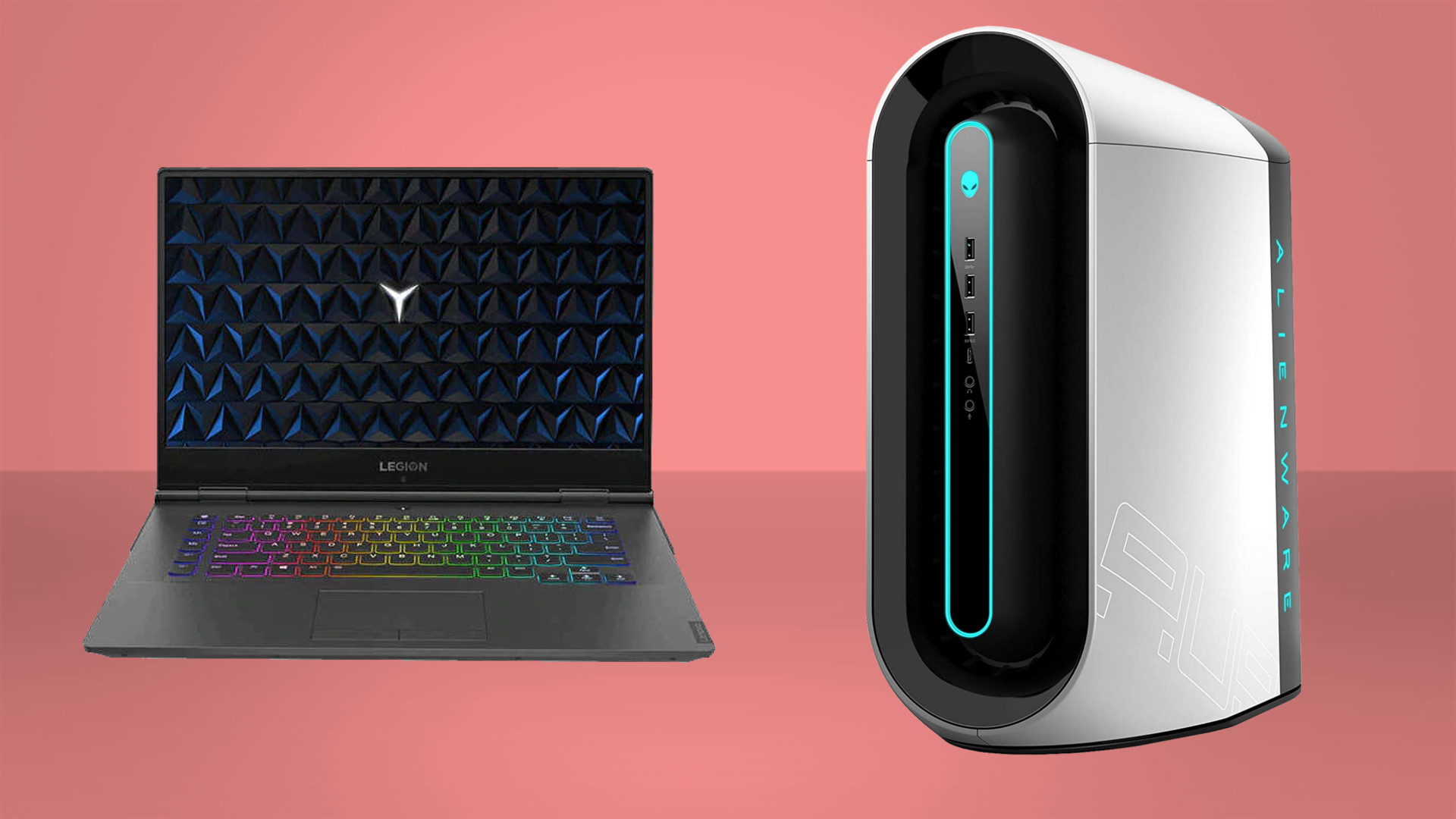Your next router could be a lightbulb: Ultra-fast 'Li-Fi' tech just took a major step toward mass-market availability
Li-Fi is said to be 100 times faster than Wi-Fi or "the equivalent of downloading 18 HD movies every second."

TechPowerUp reports that the Institute of Electrical and Electronics Engineers has certified 802.11bb as a standard for "light-based wireless communications," known as "Li-Fi." This certification "provides a globally recognised framework for deployment of LiFi technology," say Li-Fi tech companies pureLiFi and Fraunhofer HHI.
Li-Fi, which was introduced in 2011, is short for "Light Fidelity." It literally uses visible, infrared, or ultraviolet light instead of radio frequencies for high-speed data transmission. Li-Fi uses special LED light bulbs installed in houses and offices as routers.
Since light travels much faster than Wi-Fi radio waves, data speeds are significantly faster. How much faster? Speeds up to a ridiculous 224GB/s are promised by Li-Fi companies or "the equivalent of downloading 18 HD movies every second." According to the LiFi site, the speeds are "due to the fact that the visible light spectrum is 1,000 times larger than the RF spectrum, which is only about 300 GHz."
According to one of the biggest Li-Fi companies, Fraunhofer, Li-Fi can benefit AR/VR and gaming with "very low latencies." The more practical applications for Li-Fi would be for businesses, schools, hospitals, or any other organization that requires fast, reliable, and, most importantly, secure wireless internet.
Light can't penetrate walls like radio waves, which is both a downside and an advantage for Li-Fi. It means you need a Li-Fi-equipped LED bulb in the room you want to use it in, but Fraunhofer says this will "reduce jamming and eavesdropping risks" since the data transmission range is limited to the coverage area of the light, making it difficult to hijack the signal without being physically present in the same room.
Lots of other questions are answered by Li-Fi companies on the official site for the standard. As to whether sunlight will interfere, they say that "modulated light is still detectable even under overly bright conditions, such as daylight." And if you want to use Li-Fi in a dark room, well, you can't quite do that, but it apparently works at under 10% room illumination. Somewhat surprising is that your device doesn't need line of sight with the Li-Fi bulb, as it can "pick up signals from light bouncing off of other surfaces," although the signals may be degraded. We'll be curious to test it for ourselves.

Best gaming PC: The top pre-built machines from the pros
Best gaming laptop: Perfect notebooks for mobile gaming
Allistair Banham, the CEO of pureLiFi, considers Li-Fi a "complementary and additive solution to [radio frequency] communications." The adoption of 802.11bb could mean we'll start seeing consumer Li-Fi products in the near future, as Fraunhofer says the standard addresses "mass-market requirements" for Li-Fi products
Now that the new standard is out there, companies in earnest can start rolling out Li-Fi devices like pureLifi's Light Antenna One. The company bills the tiny device as a quicker and safer alternative to Wi-Fi for secure tasks that require eating enormous amounts of bandwidth and says it's nearly ready for mass production. We have no sense yet as to how much it is going to cost.
Keep up to date with the most important stories and the best deals, as picked by the PC Gamer team.

Jorge is a hardware writer from the enchanted lands of New Jersey. When he's not filling the office with the smell of Pop-Tarts, he's reviewing all sorts of gaming hardware, from laptops with the latest mobile GPUs to gaming chairs with built-in back massagers. He's been covering games and tech for over ten years and has written for Dualshockers, WCCFtech, Tom's Guide, and a bunch of other places on the world wide web.

